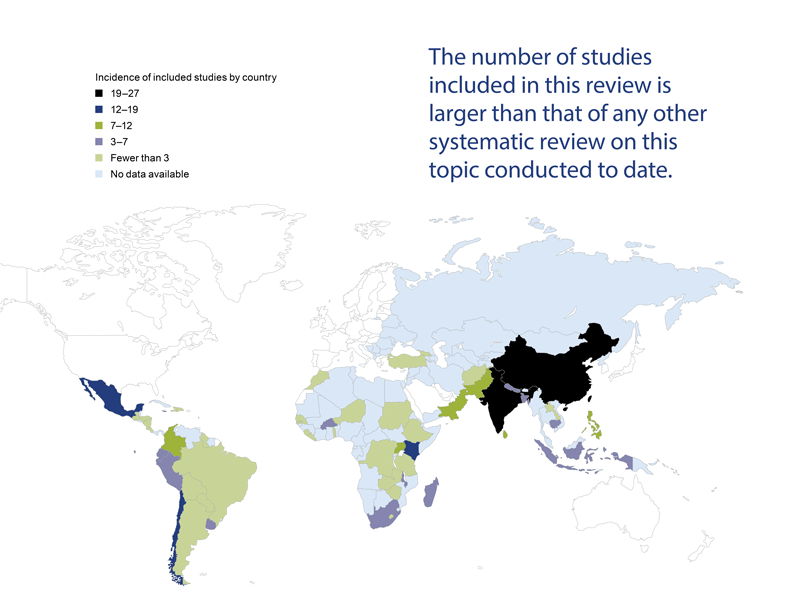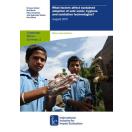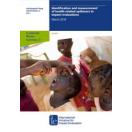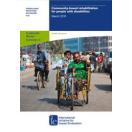The impact of education programmes on learning and school participation in low- and middle-income countries
Systematic Review Summary 7
Around 250 million children in low-and middle-income countries (L&MICs) cannot read, write or do basic maths. A range of different education interventions have been implemented to resolve what is being seen as a learning crisis. But do these interventions work?
To answer this question, 3ie carried out the most comprehensive systematic review conducted to date on education effectiveness. The review examined the impact of 216 education programmes in 52 L&MICs. It synthesised evidence on the effects of 21 different types of education interventions on children’s school enrolment, attendance, completion and learning.
To distil the main findings and key implications for policy, programming and research, 3ie has published a summary report of this comprehensive systematic review, The impact of education programmes on learning and school participation in low- and middle-income countries by Snilstveit et al., which offers governments and international agencies several useful pointers for helping them identify effective education programmes to meet the education Sustainable Development Goal.
Main findings
Overall, the results demonstrate there are no ‘magic bullets’ to ensure high-quality education for all. However, there are several lessons that can be learned for improving future education programmes. Most education programmes typically improve either school participation or learning outcomes. They rarely improve both.
To better understand the different ways that education interventions are designed and targeted, the reviewers categorised them into five levels: children, households, teachers, schools and systems. The infographic illustrates the results of this review by highlighting the interventions that appear to work in most contexts, those that are promising (but require further testing), those that do not always work and those that have unknown effects due to lack of sufficient studies.
Overview of results across the review
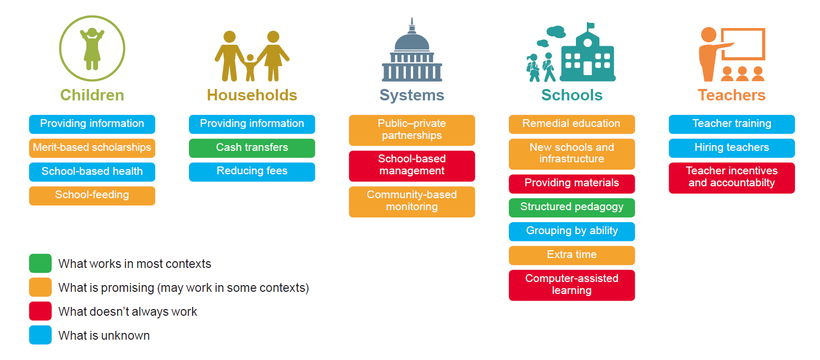
Programmes typically improve learning or participation, but not both. Tackling the learning crisis requires concurrently addressing multiple barriers to quality education
What works in most contexts.
- Cash transfers had the largest and most consistent positive effects on increasing school enrolment, reducing dropouts and improving completion. However, on average, they have not improved learning outcomes.
- Structured pedagogy programmes had the largest and most consistent positive effects on improving learning outcomes. These are programmes that typically provide customised curricula, new instructional approaches and teachers’ training, and educational materials for students.
What is promising
- School-feeding and community based monitoring interventions are among the few programmes that are promising for improving school enrolment as well as learning.
- Public-private partnerships, new schools and toilets are promising for improving participation outcomes.
- Extending the school day, remedial education programmes and meritbased scholarships are promising for improving learning outcomes.
What doesn't always work
- School-based management programmes, computer-assisted learning and programmes providing education materials have not improved learning outcomes in most contexts. In the case of computer-assisted learning, the effects on learning outcomes have even been negative in some contexts.
What is unknown
- The overall effects of implementing school-based health programmes, providing information to children or parents and reducing user fees are not clear because there have been few high-quality studies on these interventions.
The evidence base
The number of studies included in this systematic review is larger than that of any other systematic review on this topic conducted to date.
The researchers synthesised evidence from 238 impact evaluations and 121 qualitative research studies and process evaluations.
Our review found that the distribution of impact evaluations of education interventions is uneven across different areas. For example, interventions such as cash transfers, structured pedagogy and computer-assisted learning have been studied extensively. However, the evidence on some other interventions such as school-based health, information to children, teacher interventions, remedial education and school day extension, is more limited.
Uneven distribution of impact evaluations across intervention areas
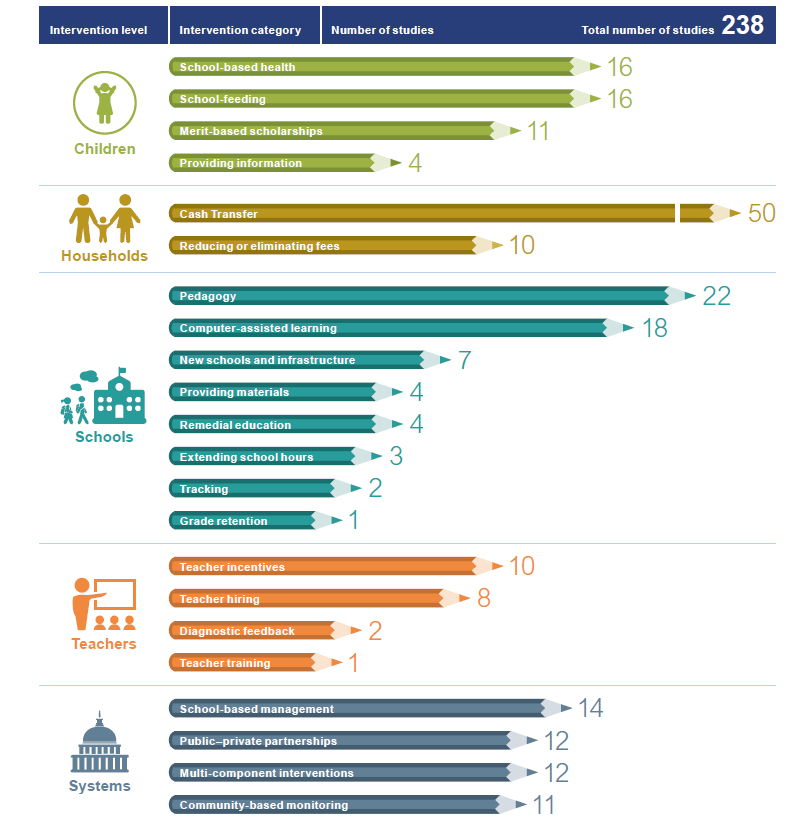
Distribution of studies across regions and countries
The distribution of studies across geographic regions was also uneven. The highest number of studies were identified from Latin America and the Caribbean (87), Sub-Saharan Africa (59) and South Asia (51). Countries where several studies have been conducted include Brazil, Chile, China, India, Kenya, Mexico, South Africa and Uganda. For most countries in Sub-Saharan Africa, we identified few or no studies. Evidence is also limited or non-existent from several countries with large populations, such as Indonesia, Nigeria and Bangladesh.
